SAP- Controlling (CO) Notes
Module Functions:
Control – The module that manages cost reporting, analysis and control. This is the primary area for managing and evaluating financial performance.
CO-PA:
Profitability Analysis. That part of CO where operations will access its performance factors and profitability statements contain margins, standard cost variance, sales information, allocations and other related profit or loss data. This module helps analyze profitability of customers, markets and products at various levels of contribution margins. Profitability is measured down to the SD billing document line and is adjusted periodically against standard costs and other costs.
• Profitability analysis, like profit center accounting is another form of profitability accounting. However, it is incorporated in operative cost accounting, i.e. the profitability segments in CO-PA are accounting assignment objects and are thus directly integrated in the flow of data in cost accounting.
• In contrast to EC-PCA, where profits are found for areas of responsibility within the company, CO-PA lets you analyze the profitability of different segments of your operative business as defined according to products, customers, orders or any combinations of groups of these or as organizational units, such as company codes or business areas. The aim of CO-PA is to provide decision makers with information about the market.
• Master data and basic structures in CO-PA can be defined with sufficient flexibility to meet company specific requirements. This is done by choosing the objects for evaluation (characteristics) and key figures to create a company-specific multidimensional structure for analysis.
• Unlike EC-PCA, CO-PA lets you use an account-based or a costing based approach. In the costing based approach, define value fields for analysis. In account based the values are represented in accounts.
• EC-PCA and CO-PA should not be regarded as alternative components. They complement one another and jointly provide a flexible and comprehensive profitability accounting tool, allowing you both a market oriented view and a responsibility view.
• Data Source
1. Revenue Accounts
2. Expense Accounts
3. Allocation of Operating Expense (only across profit center)
4. Stock Transfers Across PCA
5. A/R Sub ledger (Month End Batch Job)
6. A/P Sub ledger (Month End Batch Job)
7. Other Balance Sheet Accounts
• Data Flows
CO-CCA:
Cost Center Accounting determines where costs are incurred in the organization. Assigned to the sub area where they have the most influence.
• By creating and assigning cost elements to cost centers, you make cost controlling possible, but also provide data for other components in CO such as Cost Object Controlling. Cost centers can use allocation methods to assign collect costs to other controlling objects.
• Cost center structure can reflect the structure of the organization. It generally remains constant over time.
• Cost Centers
CO-OPA:
– Internal Orders
CO-PC:
– Product Costing
CO-OH:
– Overhead
Copyright: ERPDB.INFO



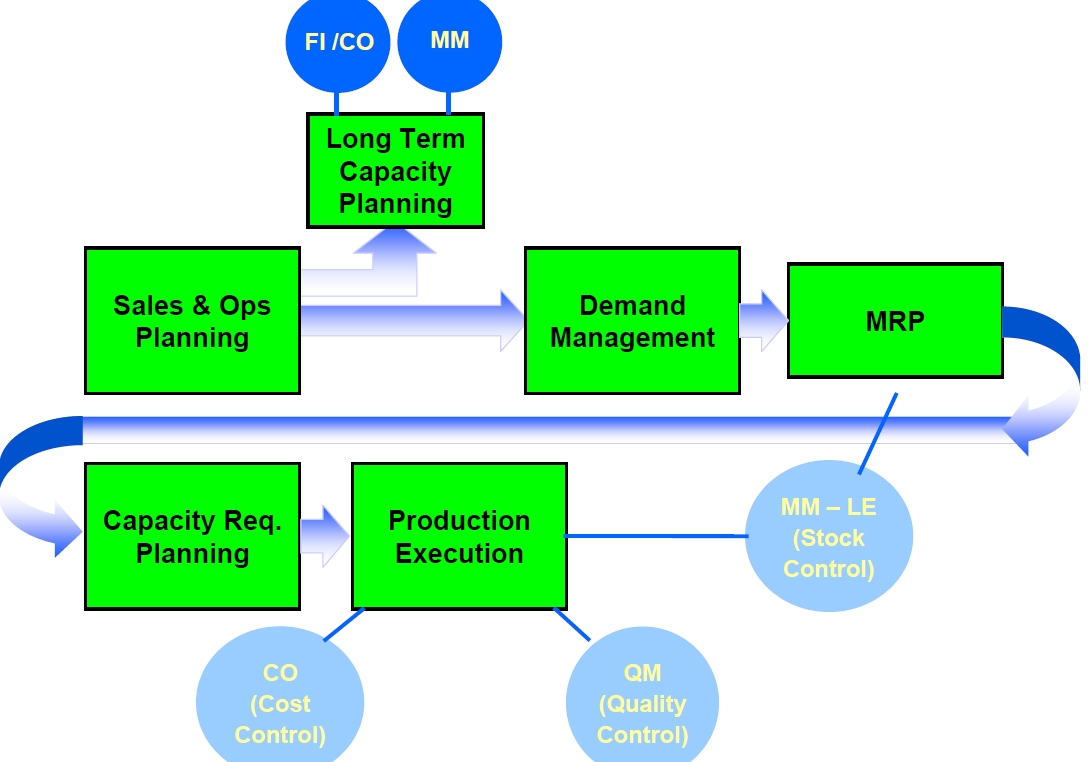
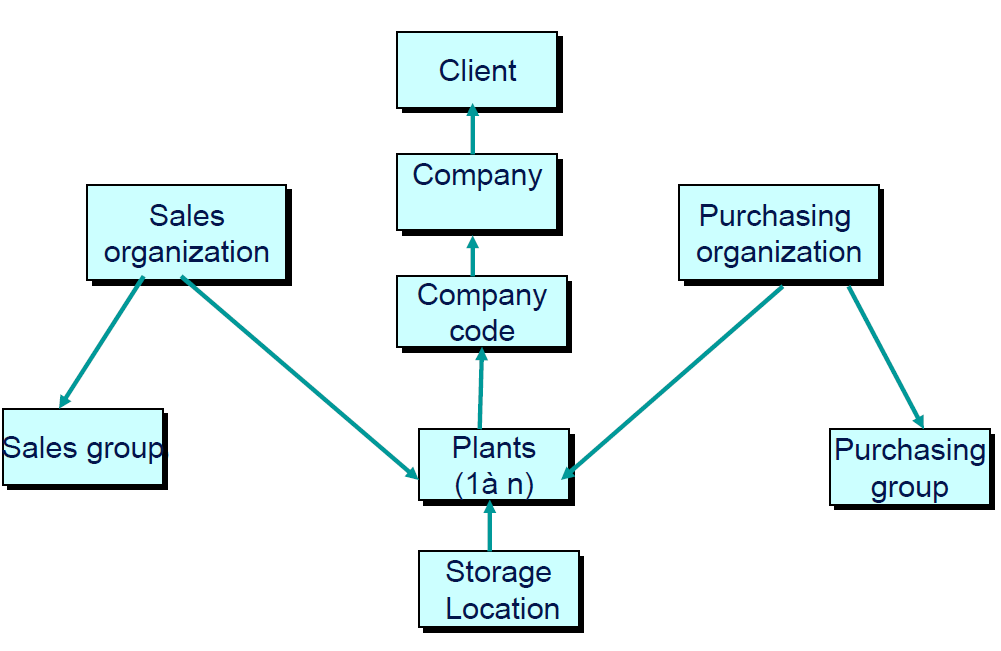
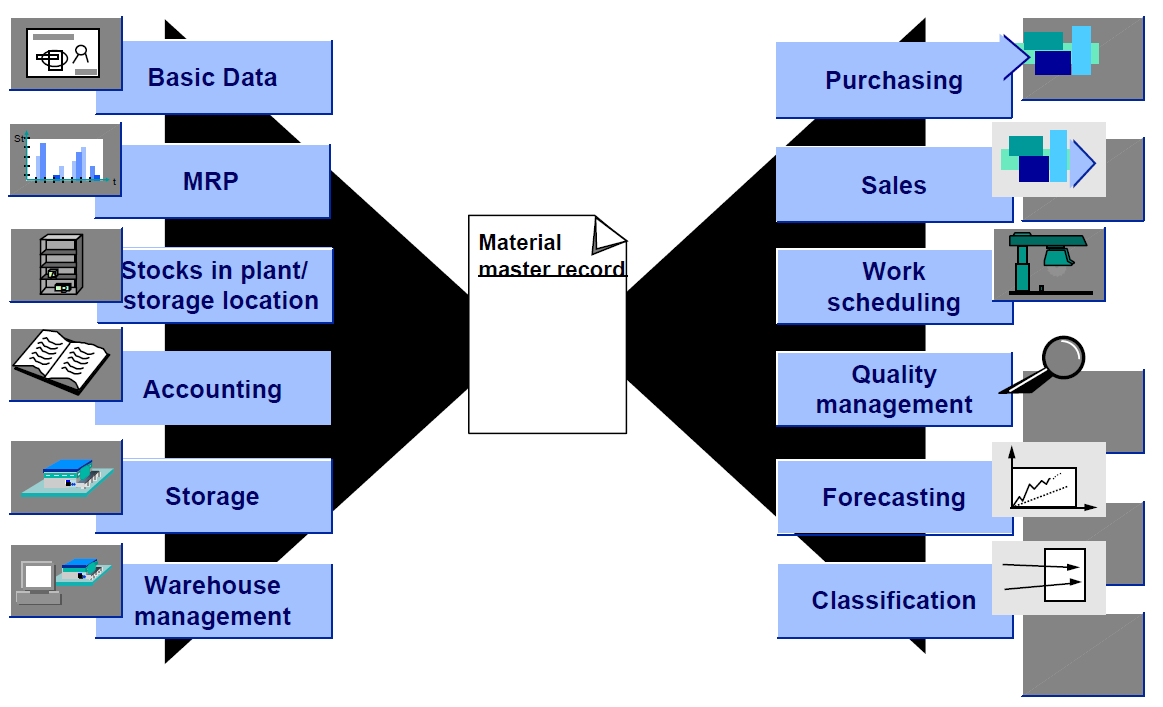
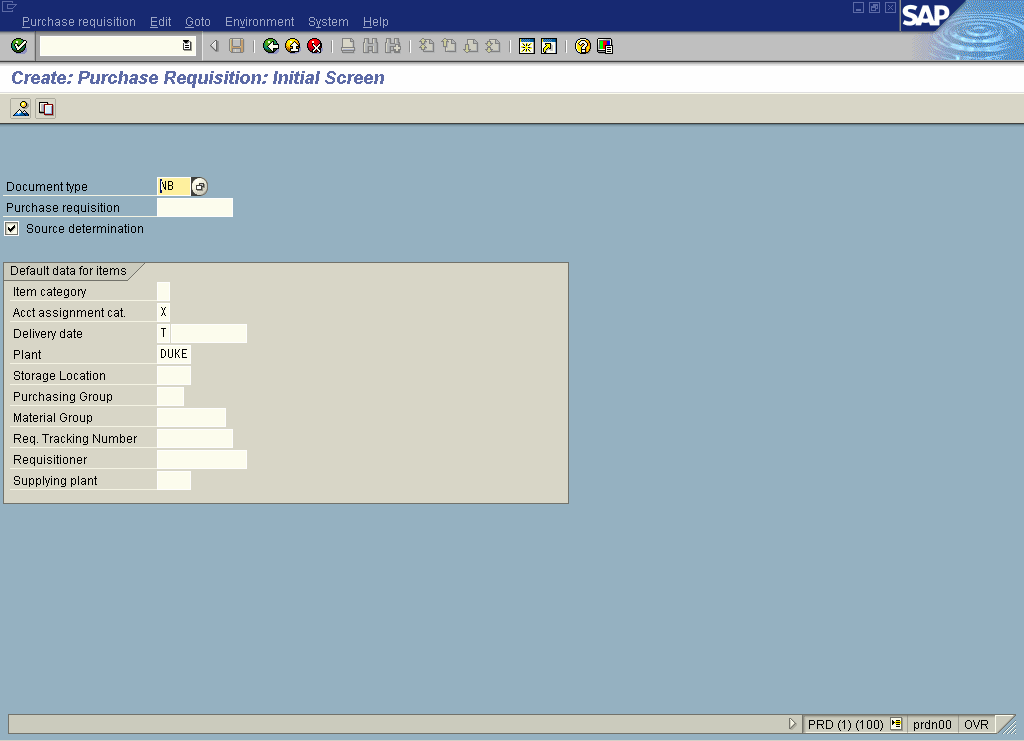
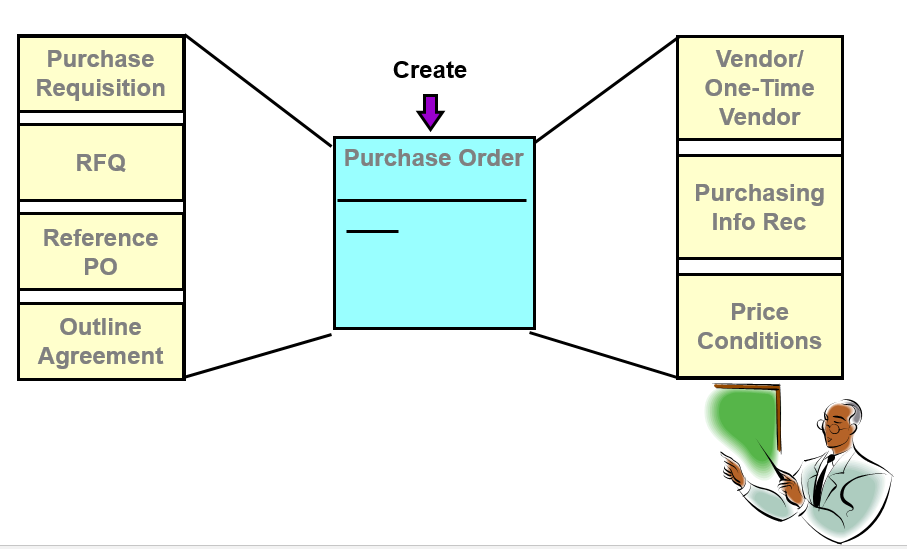
Leave a Reply